Solanum lesteri
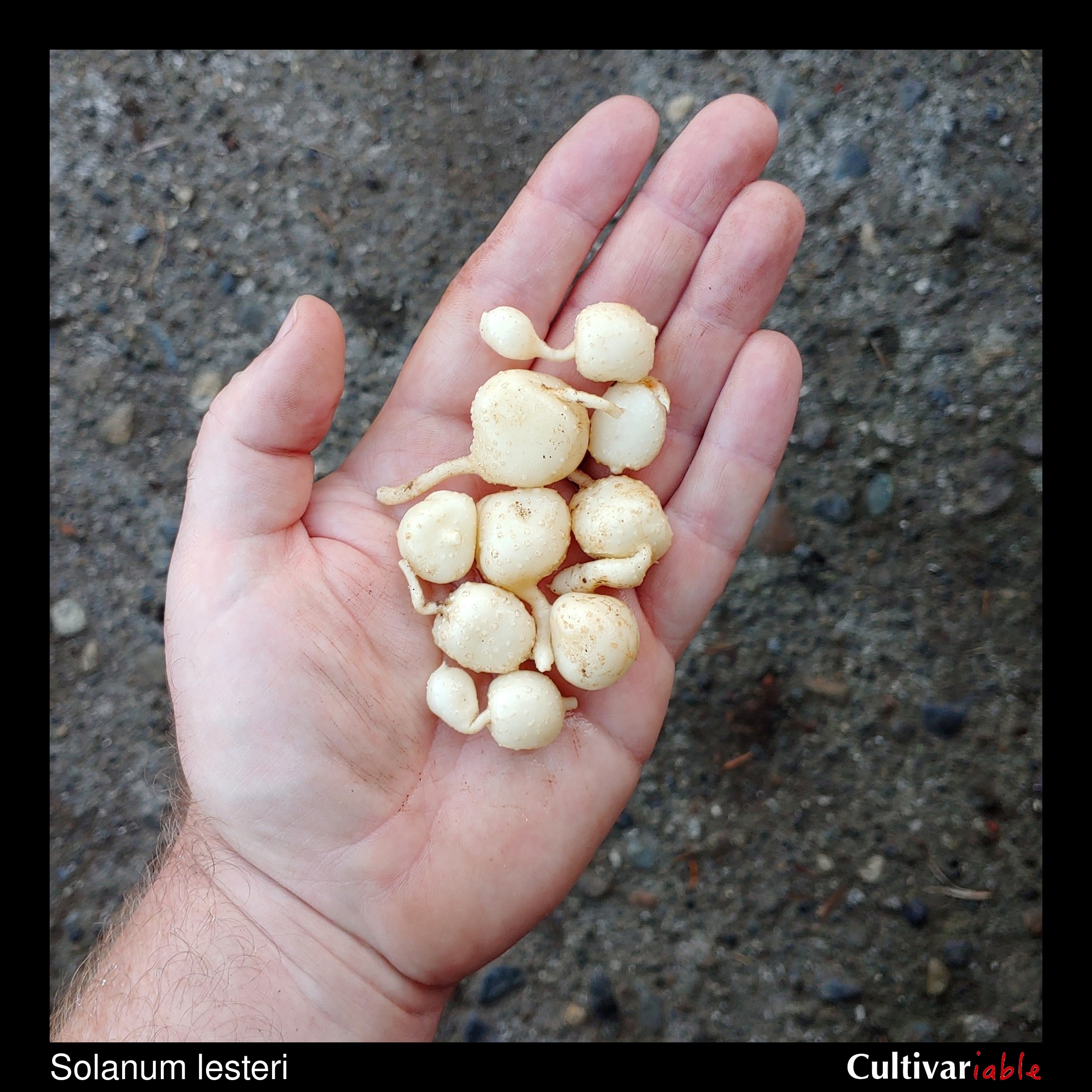
| Common Names | |
| Code | les |
| Synonyms | |
| Clade | 1 |
| Series | Polyadenia |
| Ploidy | Diploid (2x) |
| EBN | Unknown |
| Tuberization Photoperiod | Short Day |
| Self-compatibility | No |
| Nuclear Genome | B |
| Cytoplasmic Genome | Unknown |
| Citation | Hawkes & Hjerting: Scott. Pl. Breed. Stat. Rec. 1963: 126, 171. 1963. |
Description
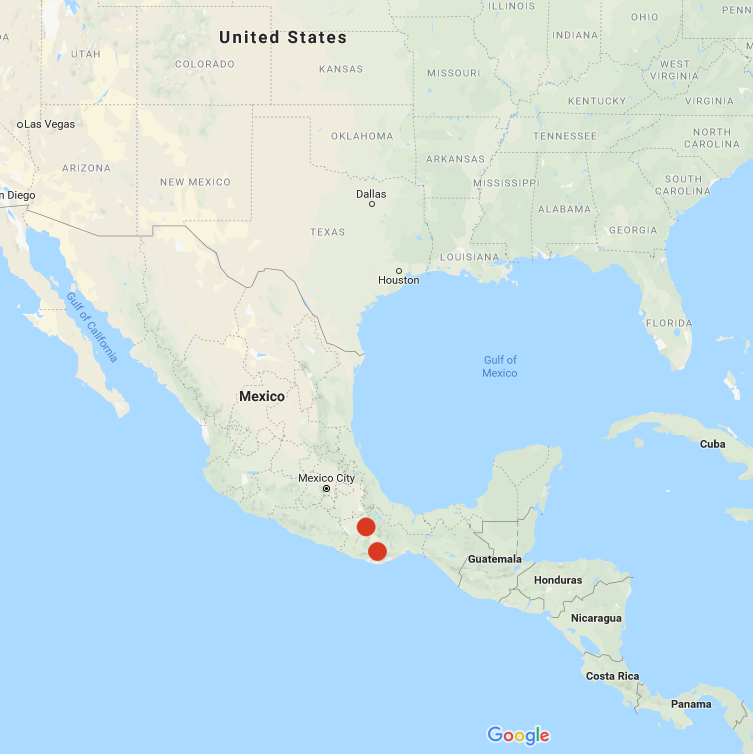
Solanum lesteri is a woodland plant, native to Mexico, where is is known only from Oaxaca. Plants range from just over a foot to about 4.5 feet tall. Fruits long and severely pointed. Leaves are densely covered with glandular hairs.
The specific epithet, lesteri, honors Richard N. Lester, the British botanist who first collected the species. While there is no completely standardized pronunciation for scientific names, the most common way to pronounce this species is probably so-LAY-num LES-ter-ee.
This species can survive frosts down to 27.5 degrees F (-2.5 C) (Li 1977). Vega (1995) found that this species is less frost tolerant than domesticated potato.
Resistances
| Condition | Type | Level of Resistance | Source |
|---|---|---|---|
| Alternaria solani (Early Blight) | Fungus | Somewhat resistant | Jansky 2008 |
| Pectobacterium carotovorum (Blackleg/Soft Rot) | Bacteria | Not resistant | Chung 2011 |
| Phytophthora infestans (Late Blight) | Fungus | Some resistance | Perez 2019 |
| Potato Virus Y (PVY) | Virus | Not resistant | Cai 2011 |
Glykoalkaloid content
Images
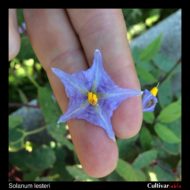 |
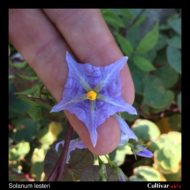 |
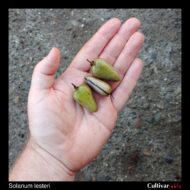 |
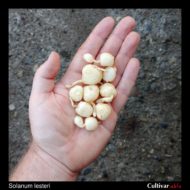 |
Cultivation
I have found seeds of this species easy to germinate using the standard conditions for S. tuberosum. Seedlings are large and robust compared to most wild species and domesticated varieties.
Breeding
EBN has not been established for this species. Most B genome potatoes have 1EBN, but Tiwari (2019) shows this species grouping closely with S. polyadenium, the only known member of the B genome with 2EBN.
Crosses with S. tuberosum
| Female | Male | Berry Set | Seed Set | Germination | Ploidy | Source |
| S. tuberosum | S. lesteri | Minimal | None | Jackson (1999) | ||
| S. lesteri | S. tuberosum | None | None | Jackson (1999) | ||
Crosses with other species
Watanabe (1991) found that 6.3% (which was only 1 plant) of varieties of this species produced 2n pollen and Jackson (1999) found 2-13%, which would be effectively tetraploid and probably 2EBN.
| Female | Male | Berry Set | Seed Set | Germination | Ploidy | Source |
